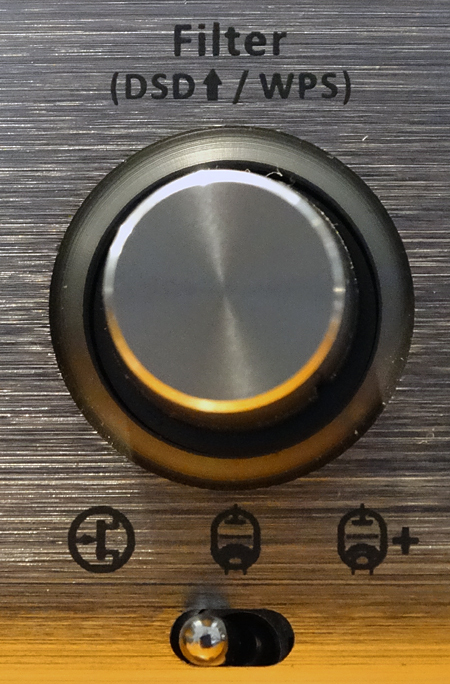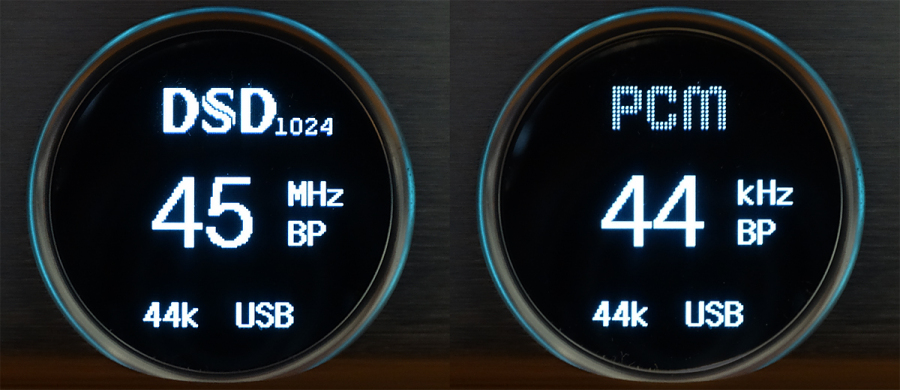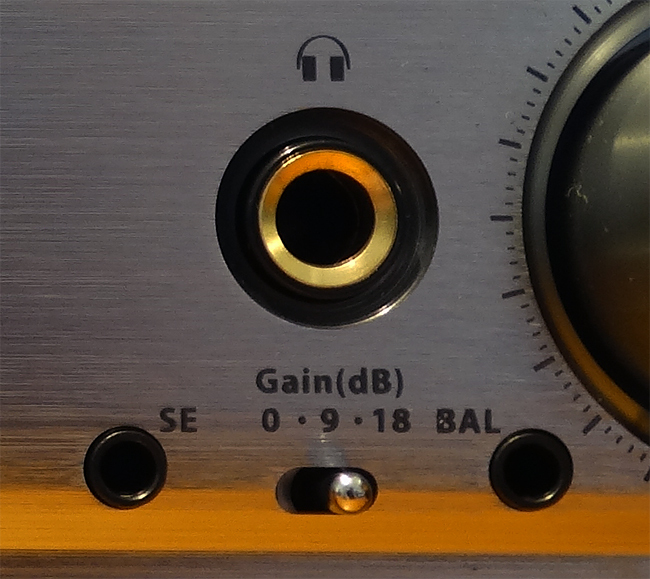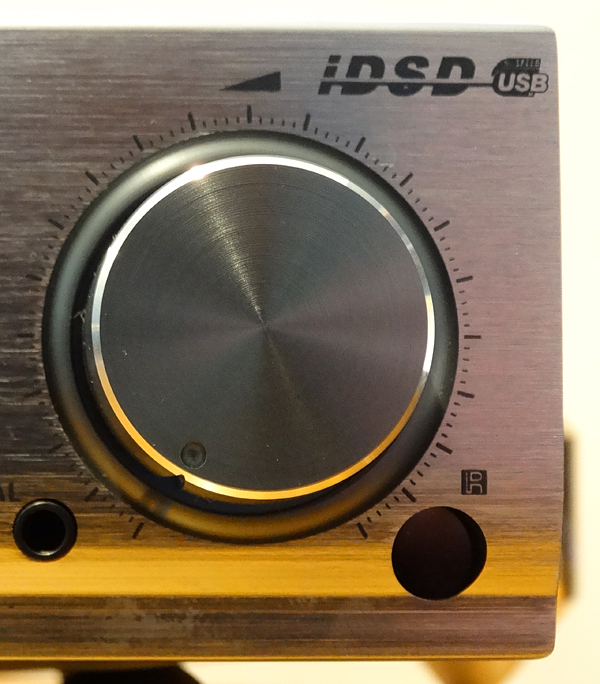Pro iDSD - The easygoing perspective
The enclosure and front panel – part 1/2
Introduction
Our latest and greatest DAC – the Pro iDSD – is just around the corner. We’ve already tackled several technical matters related to this device, and all these are to be found via links in the first post of this thread:
·
https://www.head-fi.org/threads/ifi-audio-pro-idsd-the-official-thread.869144/
In short, we’ve explained in our regular fashion why this product is very unique. Since there’s still some time left to the official launch of our upcoming flagship DAC’s, we thought we’d describe in a less techy and more easygoing, newbie-friendly way what our Pro iDSD is all about. First stop is its enclosure’s front, back and - later on - also innards.
The Pro iDSD – what is it exactly?

This machine, in short, is a DAC, also known as a d/a converter and quite commonly as a source. This means that its main purpose is to receive a digital signal either via cable or wirelessly, convert it to its analogue form and then pass it on to devices such as a preamplifier, a stereo power amplifier, a pair of mono amplifiers, a headphone amplifier or directly to various headphones. Yes, all these devices operate in the analogue domain, which leads us on to this statement:
· The Pro iDSD won’t pass digital signals to a different DAC and yes, this is on purpose.
The Pro iDSD was primarily built as a high quality digital to analog converter and this is how it should be used. It’s already function packed as it is and - instead of making it operable as an S/PDIF converter - our goal was to use the space normally reserved for this in a more useful way. Basically, using the Pro iDSD to feed a similar device with a digital signal is a big waste of its potential.
The enclosure

Now, we have all that out of the way, let’s focus on the Pro iDSD’s enclosure. This machine is the same size as the iFi audio Pro iCAN and both products look very similar. The enclosure is made out of aircraft grade aluminium and its main purpose is to dissipate heat from the devices inside as they will get hot when powered on. In order to further improve on this, the chassis has many venting holes on its sides and on top. These align in a pleasantly rounded shape with a magnifying glass with a pair of fabulous vintage JAN GE5670 valves underneath. (Quick note – these class act valves are now reserved ONLY for our Pro series products but that’s another story). Anyway, we reckon that the Pro series chassis looks very cool.
The front panel – LED diode and standby/power switch
Let’s start with the upper left corner. There’s the iFi Pro logo based on a LED diode. Once the Pro iDSD is powered on, this lights up with one of four different colours. Each indicates a different operational status:
·
Green: warming up
·
White: solid-state mode
·
Orange: tube mode
·
Red: protection mode

Moving on, there’s a small, flat button in the lower left corner. This turns the product on or puts it in standby mode if you are not shutting it down completely.
 The front panel – input selector
The front panel – input selector
Let’s now go a bit to the right. A large and endlessly rotating aluminium knob is next in line. It handles several jobs with its main one being digital input selection. You can cycle through the following options:
·
Ethernet/WiFi/Hard Disk/Micro SDHC (Network Bridge/Streamer)
·
Host USB
·
Coaxial/Optical Digital Input
·
XLR Digital Input
·
BNC Digital Input

There are also two additional adjustment options available via the input selector:
·
Brightness (adjustable via a three second press)
·
Polarity (adjustable via a long press)
The front panel – digital filter selector
The smaller knob located a bit to the right from the input selector is the digital filter selector. It enable two things.

The first feature (available via pressing the digital filter selector) is our proprietary DSD remastering. You can choose whether you’d like to have your music:
·
Normal – where DSD signals are passed directly to the DAC. For PCM you may choose between a set of digital filters or bit-perfect, unprocessed PCM
·
Upconverted to DSD512
·
Upconverted to DSD1024
The second feature allows you to cycle through these five different filters on the fly via the rotary action:
1.
'Bit-Perfect' - No digital filtering is applied, one tap
2.
'Bit-Perfect+' - No digital filtering is applied, one tap, SINC roll-off @ HF is corrected
3.
'Minimum Phase' - Minimum filtering, no pre-ringing, minimum post ringing, 32 taps
4.
'Apodising' - Modest filtering, no pre-ringing, modest post ringing, 128 taps
5.
'Transient Aligned' - Max filtering, max pre-ringing, maximum post-ringing, 16,384 taps
Please think of these filters as different flavours. Each trades off frequency response flatness, transient response and suppression of ultrasonic images in a different way. There is no “perfect” filter option, such a thing is not possible, so select the filter that offer the right set of compromises for you.
We’ve already covered in detail how our proprietary digital filtering works in the Pro iDSD. Please take a look here:
·
https://www.head-fi.org/threads/ifi-audio-pro-idsd-discussion-thread.702376/page-127
What’s important is that the Pro iDSD is equipped with a FPGA chip that runss on iFi audio’s custom firmware and is responsible for all filters and remasters listed above. It’s worth noting that in this DAC, these operations are
hardware based.






































